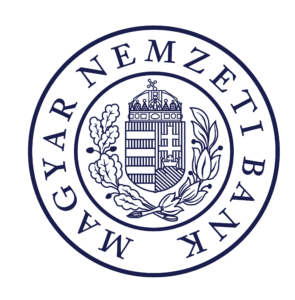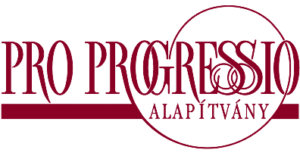As a student of architectural engineering, he was introduced to the world of art but now can revisit the field within the framework of BME’s Art Residency Programme. Assistant Professor György Halász DLA, submitted a topic entitled “Material Science, Material Structure” and claims that everything is interconnected.
Why did you find this programme interesting?
I have always been interested in art, I used to participate in graphic design projects when I was a student. I agree with what the programme highlights that art and science do indeed have a common intersection. As a teacher I have a very busy life, but when I saw the call for applications, I thought I should give it a go. I think this project puts human values into focus and fosters individual connections. I also think it will be a beneficial project because our unit, the Department of Construction Materials and Technologies, was created as a merger of two different aeras and this fact could also be symbolically manifested in a work of art. So when I applied, it occurred to me that joining forces with an artist can be both a symbol and a reward for the merger of the two units.
Does it mean that it has more to do with a vocational call than your personal motivation?
No, I do have some sort of personal motivation: although I am not involved in visual arts on a daily basis, I graduated as an architect from the Faculty of Architecture at BME, so my personal attachment goes back to my university years when the process of creation was an integral part of my studies. Maybe the term vocational call is not an appropriate one; I’d say this collaboration will be more like a gesture towards the department, and if a sample product is generated at the end of the work process, maybe we can keep this “neat little outcome”. Of course, this is not a mandatory element of the residency programme, only an idea where my personal motivation, my department’s conceptions and the artist’s ideas can be interlinked.
Are there any subject at the Faculty of Civil Engineering which are linked to art in any way?
At BME, the most artistic people are probably the architects, so when I came to work at the Faculty of Civil Engineering, this aspect was somewhat pushed into the background. And this is quite all right, because civil engineers do not need such an exposure to art. This is one of the reasons why I often walk along the corridor of architectural engineers to have a look at their works. Of course, we can produce some pretty nice works at our department too, but civil engineering offers different delicacies. In fact, outside the university walls, I often work together with architects. We can say, I still use my colour pencils every now and then.
What expectations do you have from this collaboration?
I have very positive feelings about it. The winning applicant, Katinka Hajas, had a portfolio that showed a close match for our topic. On the one hand, sculpting as a branch of fine arts generates very tangible works of art and, on the other hand, Katinka’s approach revolves around the usage of materials, a perspective that we also have at our department. Our department deals with sustainability, the ageing of materials, the stages of the materials’ life cycle, and how we can discard them when they are no longer needed. We consider energy awareness of utmost importance both in our daily work and in our research activities. Katinka’s portfolio is therefore linked to our activities from a professional aspect, too. Everything connects to everything else.
Are there any areas where you think you could develop during the collaboration?
Interestingly, it has not occurred to me that I could gain such benefits from the programme. Is this something this programme wants to achieve? As for the processing materials, I am pretty sure that I could learn a lot from the artis: the usage of certain tools comes to mind. Also, I think I will have the opportunity to see things from a different perspective, which I believe could also have an indirect impact on education, but gaining an insight into the world of art will certainly be a refreshing and enchanting expereince. In this project, I think providing support to the artists should be the main priority.
How would you explain your topic to the lay audience? What are the most interesting aspects of this subject?
One of the most interesting things is probably when some new technology evolves, or when a new type of material is generated. People like to look at beautifully designed products but they are also interested to learn about the underlying concept. Whatever materials we can generate in our labs can be interpreted as some sort of applied art, or at least in this context it can. We can also conduct “extreme” experiments in the labs, something that artists can seldom do in their home studios. This programme will offers us an opportunity where the result of our collaboration can have a unique outcome, which may also be interesting for the public.
Melitta Liptai


